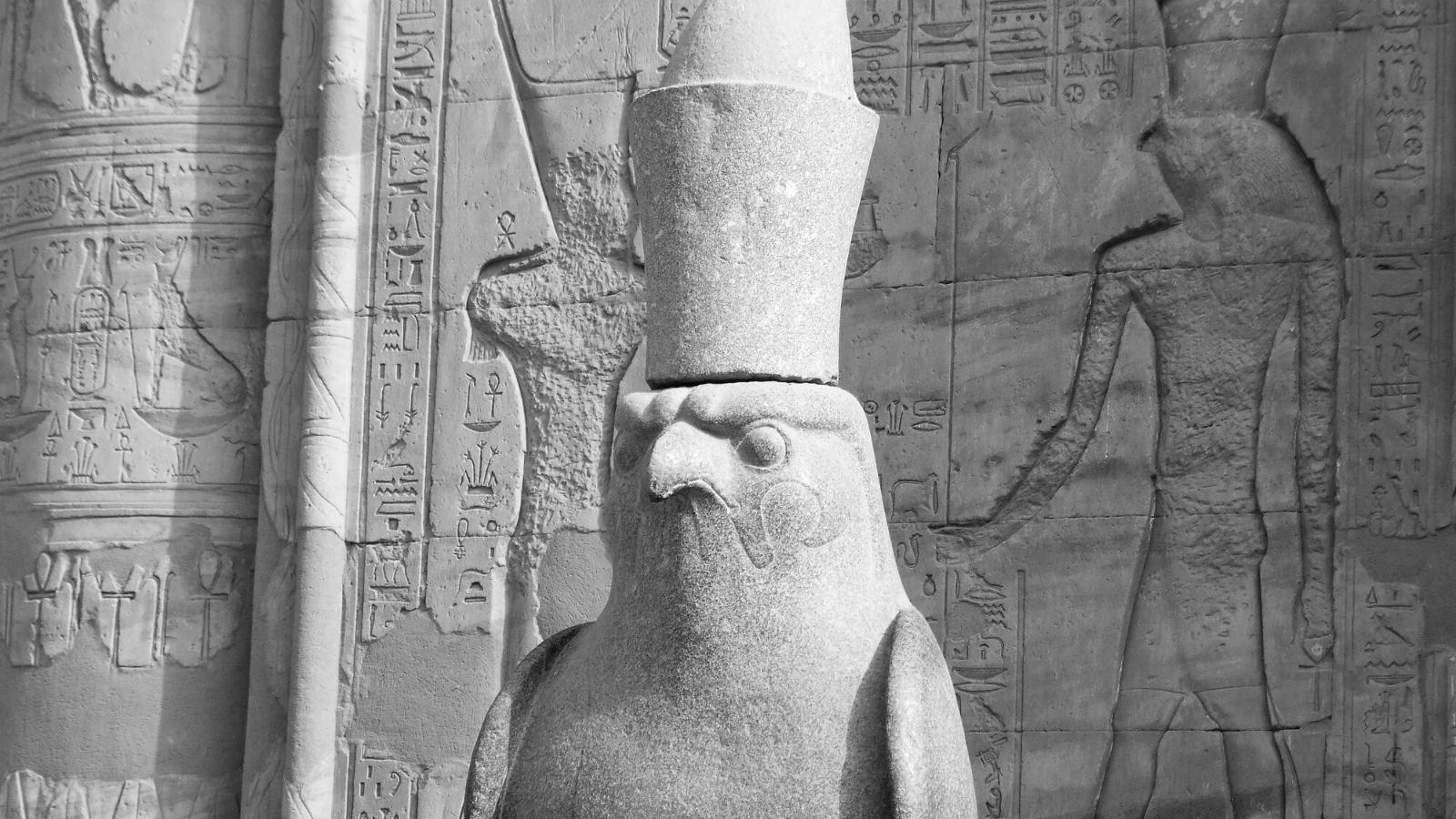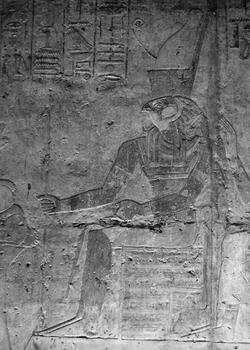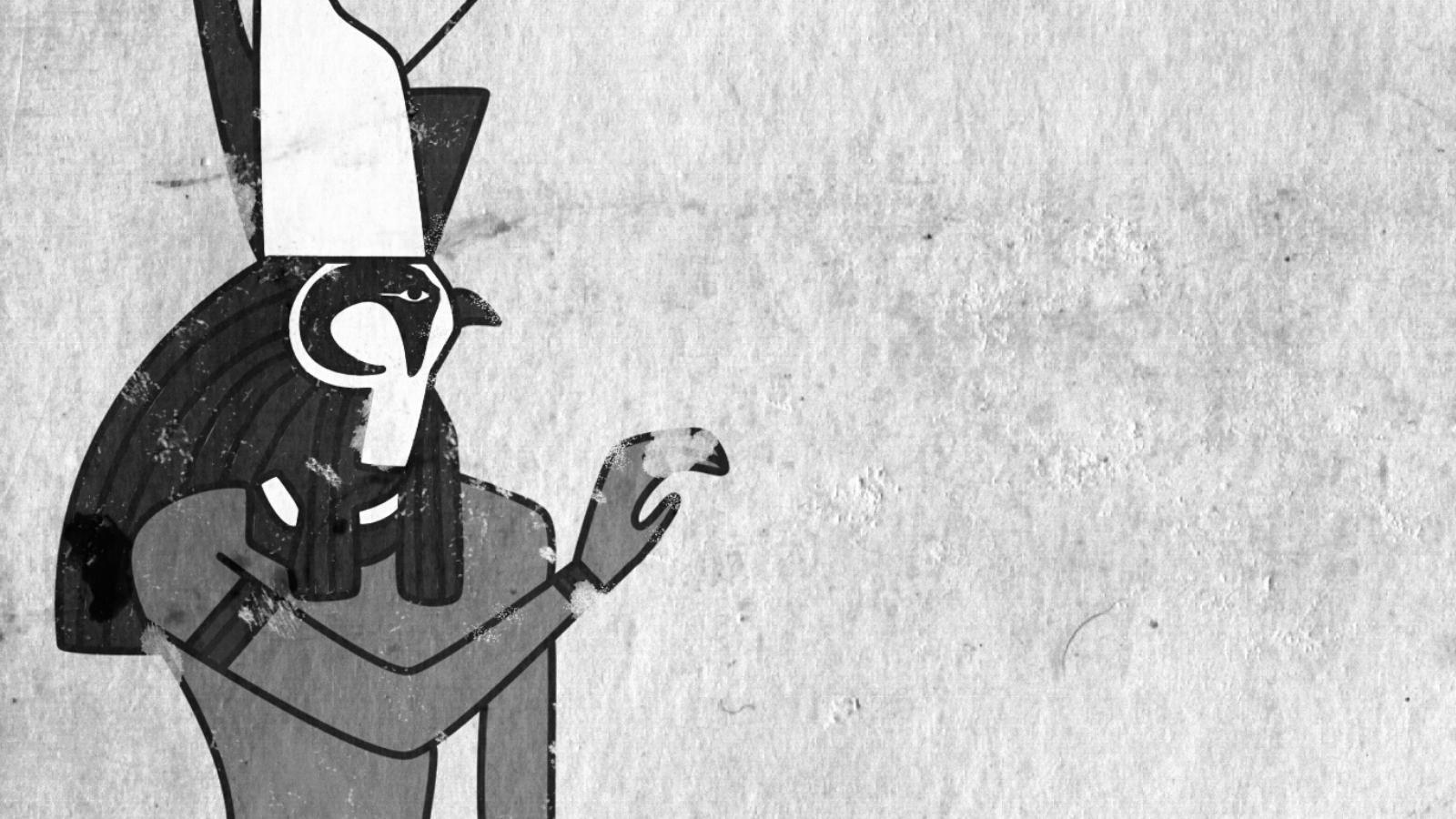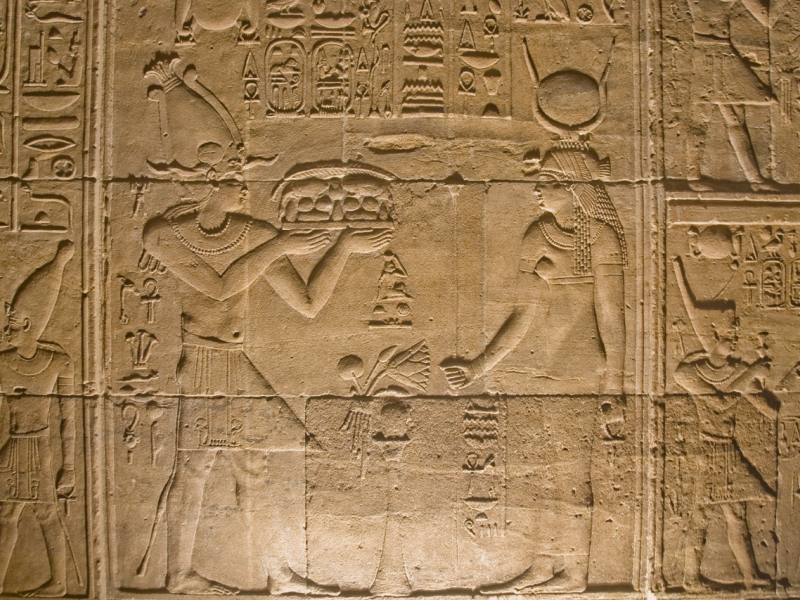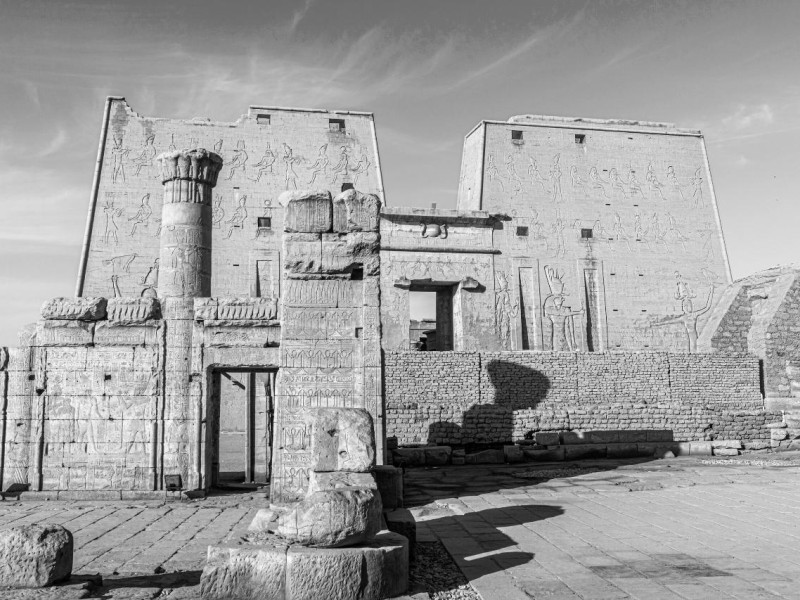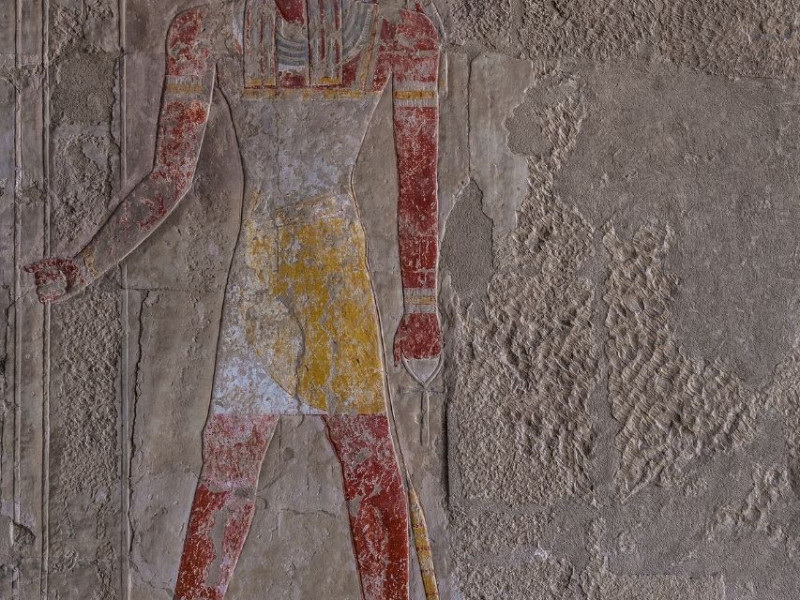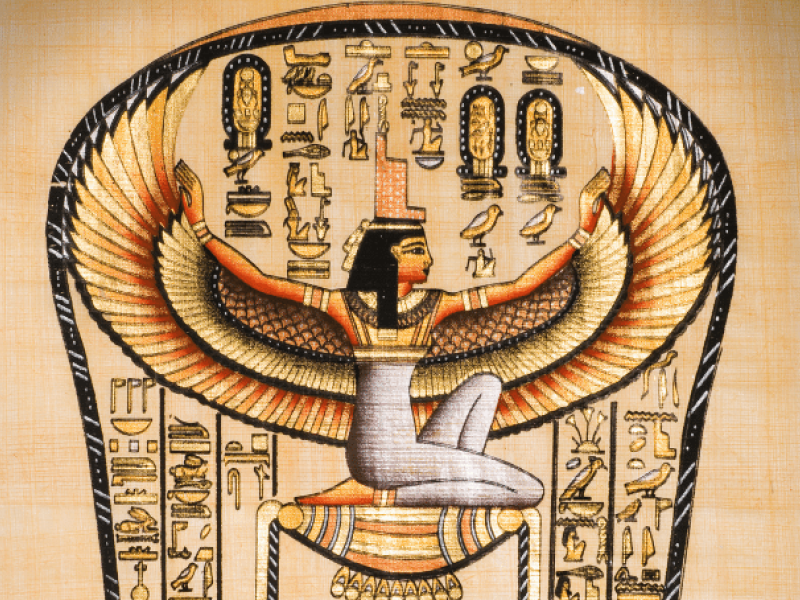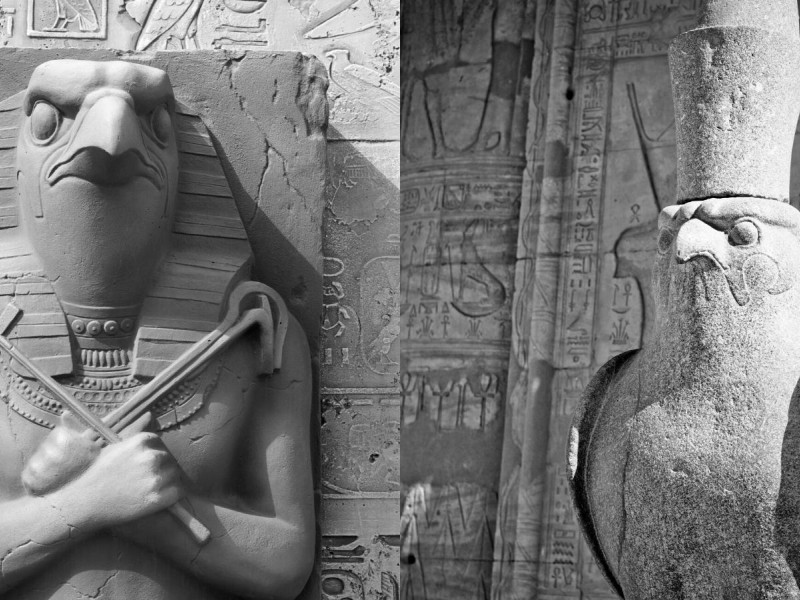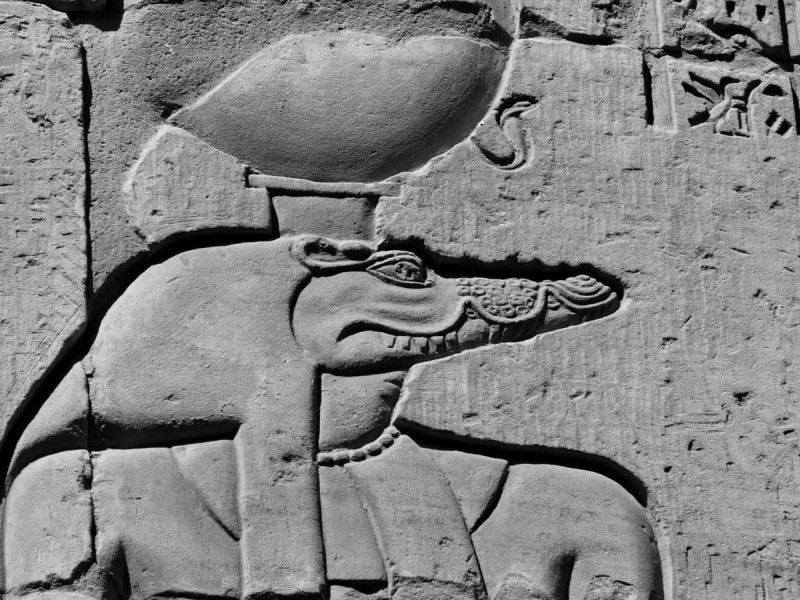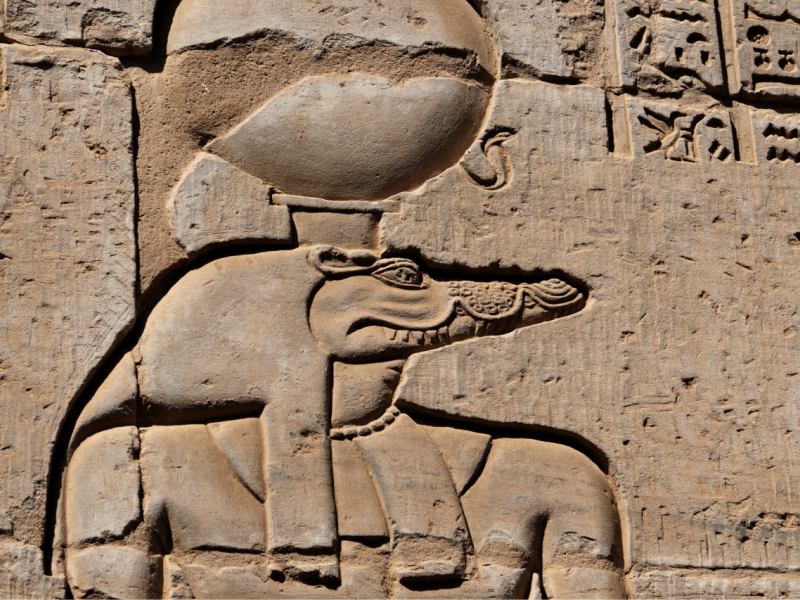When Was Horus Born: The Avenger Son of Egyptian God Osiris
Horus and his origin story are some of the most interesting stories in Egyptian mythology to date. He was the son of the famous Egyptian gods Osiris and Isis. His birth is very important in Egyptian mythology as he defeats Set and avenges Osiris’ death.
In this article, we bring you the history behind the birth of Horus Egyptian god and his life.
When Was Horus Born?
Horus was born after Isis and Nephyths put together Osiris’ dismembered body. Isis bore Horus for the sole reason that when the time comes, Horus would defeat Set and avenge his father’s death and his mother’s turmoil.
The concept of avenging is very popular in Egyptian mythology, and rightfully so. Let us look at Egyptian mythology and why there was a need for avenging the most famous Egyptian god, Osiris.
Egyptian Mythology
Egyptian mythology is one of the most famous mythologies in the world, largely because of the emotions, life events and tales it tells. The ancient Egyptian people were highly religious people, and religion governed the bigger part of their lives.
The people performed constant rituals and sacrificed regularly to please their gods. The gods and goddesses were worshipped in temples which were looked after by the state, priests and priestesses.
Atum was the first-ever god in Egyptian mythology. It is believed that nothing existed before him and he himself breathed his existence into life. After him came Shu, the god of air, and Tefnut, the god of water. They mated and produced Geb, the god of Earth, and Nut, the god of the sky.
The union of Geb and Nut produced the four most famous gods of the Egyptian pantheon, and with them, the story of mankind began. They bore two gods and two goddesses: Osiris, Isis, Set and Nephthys.
Osiris and Isis
Osiris and Isis were the two siblings born from the union of Geb and Nut. Atum appointed Osiris as the god of mankind and also as the chief of everything on Earth, whereas Isis became the god of healing.
Osiris and Isis fell in love, and their partnership was of extreme importance as it was the very first couple ruling mankind, so they became even more popular among the Pantheon and the people.
The people worshipped and loved Osiris and Isis very much. For their worship and praise, temples and shrines were erected on Earth. It will not be wrong to say that the first-ever temple on Earth was made for Osiris and Isis. Isis had immense love for Osiris and would move mountains for him.
Osiris and Set
Set was the brother of Osiris and Isis. He was the god of chaos, war and storms in Egyptian mythology. Set was always jealous of Osiris and his powers, and he always wanted more. Whatever love, respect and worship Osiris got from the people and other gods, Set wanted the same and more, and he was very blunt about it.
Set was not the type of god to keep his motives a secret. He married his sister, Nephthys, who had no quarrel with Osiris. However, under the influence of Set and her sheer love for him, Nephthys devised a cruel plan to take Osiris down once and for all. This takedown is known as the Osiris myth in ancient Egyptian mythology and is probably the most famous legend of all times.
Osiris Myth
The Osiris myth starts with Osiris and Isis living their lives to the fullest and enjoying their fame and worship throughout the Cosmos and Earth. On the other hand, Set and Nephthys were burning with jealousy.
They wanted to take their place and enjoy everything Osiris and Isis had. Nephthys was the goddess of air — she was very witty and devised a cruel plan which proved to be fatal for Osiris and Isis.
Nephthys’ Evil Plan
Nephthys planned on seducing Osiris and that’s what she did. Osiris spent a night with Nephthys, impregnating her, and the next day, Nephthys went to Set and told him Osiris had forced her.
Set, furious with rage and anger, went to kill Osiris, who was having a celebration when Set came and murdered him in cold blood. Everyone saw it and did not utter a single word because Set had a valid reason.
Aftermath
When Isis came to know about it, she was shattered. Learning that her brother had killed her husband who had an affair with their sister made her furious. With time, she understood that it was a plot against them and that they had fallen to the trick of Nephthys.
What Nephthys did not know was that she was carrying the seed of Osiris. She regretted what she had done and wanted to help Isis. After Set killed Osiris, he dismembered and hid his body, and Nephthys helped Isis find the body and bring Osiris back.
As Osiris was dead and his body dismembered, he could not be brought back to the physical world, so Nephthys and Isis brought him back in the underworld. Isis was filled with anger and wanted revenge.
The best way for her to take revenge was through their son that no one knew about, who would show up in front of Set at the most opportune time and would surprise him. This was the Horus myth, the story of Horus' birth.
How Was Horus Born
After Osiris was brought back to the underworld, Isis now focused on revenge. She was impregnated by nature, which means Horus born of a virgin. Isis had the longest labor and went through many trials and tribulations in bringing Horus into this world safe and sound.
Isis gave birth to Horus in the swamps of the Delta, and she lived there alone with Horus to protect him from Set. She only went out to find food and water, accompanied by eight scorpions by her side. These scorpions were given to Isis by the goddess Selket.
Isis and Horus
Isis loved her son very much as he was the only real connection she had to her beloved husband, Osiris. She taught him all the skills of life and was preparing him for the fight of his life against Set.
Nephthys knew where Isis and Horus were, but she never told Set and kept their secret buried within her.
Horus and Set
Horus grew up to be the biggest enemy of Set. They fought many battles over gaining control of all of Egypt.
There is a very racy tale associated with Set and Horus in which both of them try to seduce the other to gain control of each other’s semen, but it is also narrated in some places that Isis was the one seducing Set in the body of Horus. Nevertheless, Horus and Set decided to rule Egypt in halves.
Set took Upper Egypt and Horus took Lower Egypt. It is also stated that in one of their fights, Set broke Horus’ eye into six pieces, which were later put back together. The eye of Horus holds a very important place in Egyptian mythology because of this legend.
Legacy of Horus
Horus was conceived for only one main purpose, and he fulfilled it with flying colors. He avenged his father’s death and also his mother’s trials. He will always be known as the God of avenging, among many other things. People worshipped Horus in the hope that their sons and daughters will also grow up to be loyal towards them and help them in their trials and tribulations.
The Horus symbolism lived on in Egyptian mythology for a very long time. People erected temples and shrines in the name of Horus. They worshipped and prayed to Horus, also known as the Egyptian owl god, for a life full of devotion and passion.
Many scriptures and texts found in Egyptian archaeologist sites narrate the importance of a firm belief in Horus and, consequently, Osiris and Isis. Overall, the legacy of Horus lives on.
Conclusion
Horus is one of the most famous and well-loved gods in Egyptian mythology, and for good reason.
Here are some of the most important points we discussed in the article above:
Horus was born after Set and Nephthys killed Osiris and Isis brought him back in the underworld.
Horus was born of a virgin, and Isis had the longest labor and went through many trials and tribulations in bringing him into this world.
Horus avenged his father, Osiris, and lived on to be the opposer of Set and ultimately his biggest enemy.
Horus and Set decided to rule Egypt in halves, with Set taking Upper Egypt and Horus taking Lower Egypt.
In one of their fights, it was said that Set broke Horus’ eye into six pieces, resulting in the legacy of The eye of Horus.
Horus was born out of a purpose, but later lived on to be one of the greatest warriors in the history of Egyptian mythology.
Many temples and shrines were erected in the name of Horus and he lived in the hearts of people for a very long time.
Now that we know all about Horus and how he came to be, we can fully understand the love and worship ancient Egyptians showered him with.
